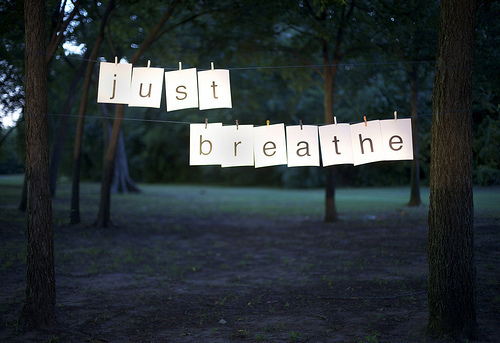FOLLOWING YOUR INTUITION
This past summer, I attended a silent retreat for a week in Northern California. There was lots of guffawing (yes, I did say guffawing) from friends and family back East. “You are going to be silent for a whole week?” they asked incredulously. It is true (I admit it), I can be shamelessly fast talking and a little flamboyant….at times. And it is also true that I can and do shake off the trappings of my ego self and return to right size when I am consistently being present to what’s here right now.
The moment was ripe to deepen my meditation practice. There were some persistent “gut feelings” I couldn’t shake regarding major decisions at work and with a few close relationships. I knew hard choices were going to be required that would have life altering implications for me. And while I am an intuitive type by nature, I still wasn’t clear on how or when to respond.
In other words, I wasn’t sure if I could trust my intuition. I mean, what is intuition exactly? Carl Jung said that intuition was “perception via the unconscious.” He called it the right-brained ability to understand something immediately without the need for conscious reasoning (left-brained activity).
Even that idea appeared questionable to me. Checking one half of the brain at the door while making some of life’s most important decisions? That doesn’t seem, well, logical, right?
 And yet, there are different ways to know things and varieties of knowledge.
And yet, there are different ways to know things and varieties of knowledge.
The knowing I was seeking was not why moths are attracted to light or why is it that my washing machine is shrinking everything lately. No, it was a fuller knowledge of self that I was after. With that discovery, knowing I could trust my timing and decisions. From that place, I hoped to pluck the courage to act.
Arriving at the retreat, there was the excitement and anticipation of new faces and new beginnings. Yet the first few days of the retreat were arduous ones. Like a house in need of a purging, I hosted a vast clutter of disparate thoughts in my mind and the “ground” of my being was covered in nagging lethargy. But I just kept coming back, coming back to the sensations of breathing, the sounds of my body and the room, to now.
By the middle of day 3, I was able to sit and walk and work in silence without much inner chatter.
On day 6, clarity, that innate human capacity available to us all, if we can stop long enough, began to bubble up naturally. Through the persistent practice of mindfulness and attending meditation, insights were arising without my direct efforts.
While we learn much about the world around us by others, intuition and insights are something we discover experientially. Others can share their opinions or guide us. We can analyze facts and figures. These all are valuable.
Yet, in the words of Chinese philosopher Lao Tzu (6th BCE), “At the center of your being you have the answer; you know who you are and you know what you want.” And we can only get there through the daily practice of seeing what’s here.
The mind is like a machine rife with cogs and wheels. It accumulates “dust” of distractions, busyness, and resentments that dull our core. All too often we ignore these “mites” until we are sidelined by illness, pain, or a pervasive lack of clarity. As Thomas Merton relates, “without realizing it, life without (daily) meditation desensitizes us so that we can no longer perceive grace, listen to our inner voice, or receive intuition.”
So today, consciously tap into being aware of what is happening around you and within you. With intention, being your attention back to this moment.
Cultivate this heightened sense of observation. Together, with the reservoir of empirical data available to you in any given situation, you will find a clear path to “cut through the thickness of surface reality” to get to the truth of the matter.






